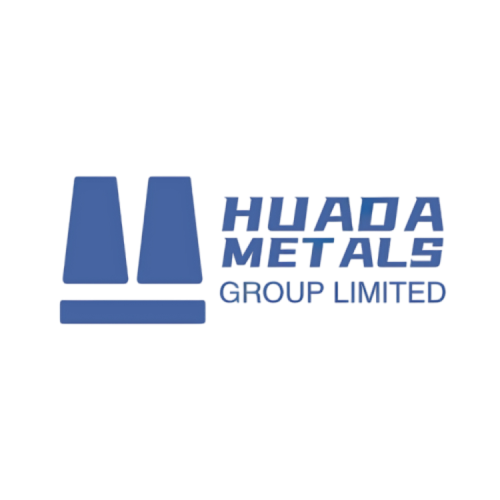Carbon steel is a ferrous alloy primarily composed of iron (Fe) and carbon (C), with carbon content typically ranging from 0.05% to 2.1% by weight. Unlike alloy steels, it contains only trace amounts of other elements (e.g., manganese, silicon, sulfur, phosphorus).
Carbon steels, also known as carbon-iron alloy, is a type of steel primarily composed of iron and carbon, with a carbon content typically ranging from 0.02% to 2.11% by weight. This range distinguishes carbon steel from cast iron (which has a higher carbon content) and from alloy steels (which contain additional elements like chromium, nickel, or molybdenum to enhance specific properties).
Types of Carbon Steel
Low Carbon Steels (Mild Steel): Contains up to 0.3% carbon. It is soft, ductile, and easily formed and welded. Commonly used in construction, automotive bodies, and general fabrication.
C ≤ 0.25%
Soft, ductile, and easily weldable.
Used in construction (beams, sheets), automotive panels, and pipes.
Medium Carbon Steels: Contains 0.3% to 0.6% carbon. It offers a balance of strength, ductility, and toughness. Used in gears, shafts, and other mechanical components.
C: 0.25% – 0.60%
Balanced strength and ductility; heat-treatable.
Applications: Gears, axles, machinery parts.
High Carbon Steels: Contains 0.6% to 2.1% carbon. It is very hard and strong but less ductile. Used in cutting tools, springs, and high-strength wires.
C: 0.60% – 2.1%
Very hard but brittle; used for cutting tools, springs, and high-strength wires.
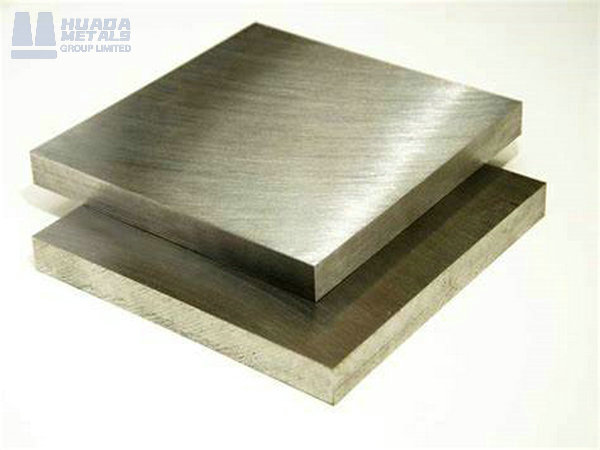
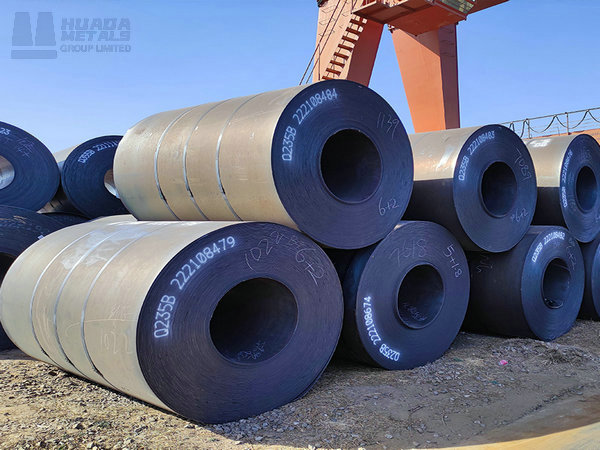
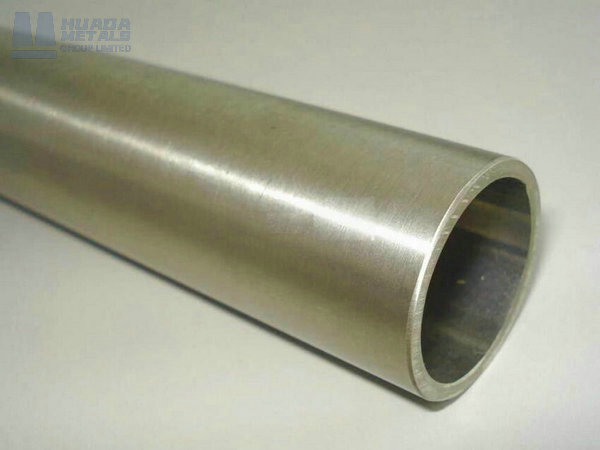
Charactiristics of Carbon Steel
Physical Properties of Carbon Steel
| Property | Low Carbon (0.05-0.25%C) | Medium Carbon (0.25-0.60%C) | High Carbon (0.60-2.1%C) |
|---|---|---|---|
| Density (g/cm³) | 7.85 | 7.85 | 7.85 |
| Melting Point (°C) | 1420-1540 | 1420-1540 | 1420-1540 |
| Thermal Conductivity (W/m·K) | 45-65 | 45-60 | 40-50 |
| Electrical Conductivity (%IACS) | 10-15 | 8-12 | 5-8 |
| Coefficient of Thermal Expansion (μm/m·°C) | 11.7 | 11.5 | 11.3 |
| Magnetic Properties | Ferromagnetic | Ferromagnetic | Ferromagnetic |
Mechanical Properties (Annealed Condition) of Carbon Steel
| Grade | Tensile Strength (MPa) | Yield Strength (MPa) | Elongation (%) | Hardness (HB) | Impact Energy (J) |
|---|---|---|---|---|---|
| 1010 | 325 | 180 | 35 | 105 | 120 |
| 1045 | 585 | 450 | 12 | 170 | 50 |
| 1095 | 950 | 550 | 10 | 200 | 25 |
Heat-Treated Mechanical Properties
| Treatment | Grade | Tensile (MPa) | Yield (MPa) | Hardness (HRC) |
|---|---|---|---|---|
| Quenched & Tempered | 1045 | 850 | 650 | 25 |
| Normalized | 1060 | 700 | 400 | 20 |
| Case Hardened | 1018 | Surface: 60 | Core: 350 | Surface: 60 |
Key Characteristics of Carbon Steel
Add Your Heading Text Here
- Strength and Hardness: The mechanical properties of carbon steels, such as strength and hardness, increase with higher carbon content. However, this also leads to reduced ductility and toughness.
- Weldability: Lower carbon content steels (e.g., mild steel) are generally more weldable and formable than higher carbon content steels.
- Cost-Effectiveness: Carbon steels is relatively inexpensive compared to alloy steels, making it a popular choice for a wide range of applications.
- Magnetic Properties: Carbon steels is magnetic, which is useful in certain applications like electrical transformers and motors.

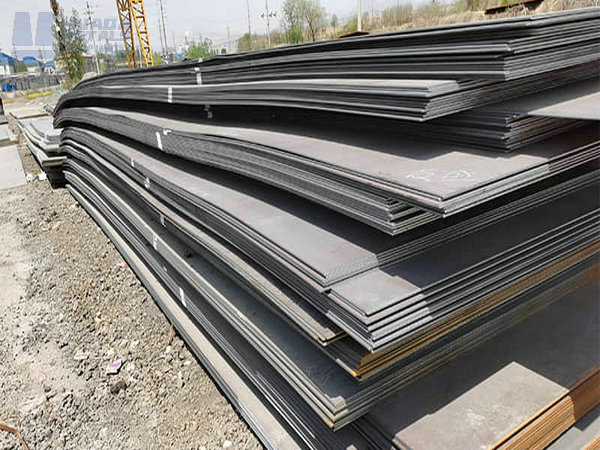
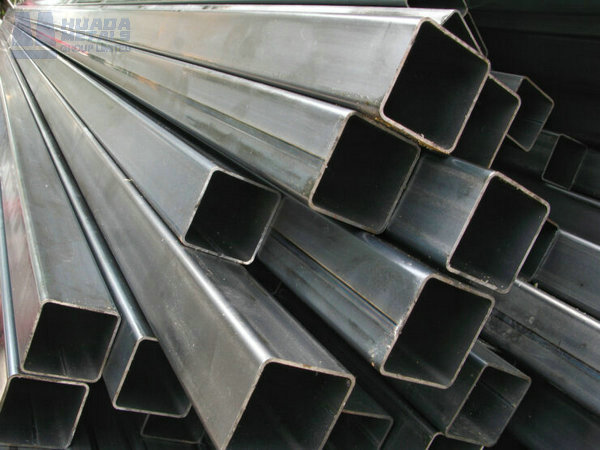
- Strength & Versatility: Carbon steels dominates heavy-duty applications (construction, energy) due to its strength and affordability.
- Formability vs. Hardness: Lower carbon grades (e.g., mild steel) are easy to shape, while higher carbon grades (e.g., 1095) excel in cutting tools.
- Corrosion Protection: Critical for pipes, rebar, and appliances (achieved via galvanization, coatings, or stainless steel cladding in hybrid designs).
Applications of Carbon Steel
1. Construction
Structural beams, rebar, pipelines – Low-carbon grades (A36, S235JR) for weldability and strength.
2. Automotive
Body panels, chassis, axles – Cold-rolled 1008/1010 for formability; 1045 for high-strength parts.
3. Machinery & Tools
Gears, shafts, cutting tools – Medium/high-carbon (1045, 1095) heat-treated for hardness.
4. Energy & Oil/Gas
Drilling equipment, pressure vessels – Alloy grades (4140, API 5L) for high strength and corrosion resistance.
5. Consumer Goods
Appliances, furniture, knives – Low-carbon for fabrication; high-carbon for durability.
6. Transportation
Rail tracks, ship hulls – High-carbon (1080) and marine grades (AH36) for wear/weather resistance.
| Industry/Sector | Application | Carbon Steel Grade | Key Features | Example Use Case |
|---|---|---|---|---|
| Construction | Structural Beams | ASTM A36 / A572 | Strong, weldable, cost-effective. | Skyscraper frames, bridge girders. |
| Automotive | Engine Gears | SAE 8620 / Medium Carbon (0.4% C) | Heat-resistant, hardenable, wear-resistant. | Car transmission gears, crankshafts. |
| Manufacturing | Cutting Tools (Knives) | 1095 High Carbon Steel | Razor-sharp, retains edge, durable (with coating). | Chef’s knives, industrial blade cutting. |
| Energy | Oil/Gas Pipelines | API 5L X65 / ASTM A106 | Pressure-resistant, corrosion-resistant (with linings). | Cross-country natural gas pipelines. |
| Consumer Goods | Hand Tools (Wrenches) | SAE 1045 / 1060 | Strong, impact-resistant, shock-absorbing. | Adjustable wrenches, socket sets. |
| Aerospace/Defense | Aircraft Landing Gear | AISI 4130 (Chromoly) | Ultra-strong, fatigue-resistant, lightweight. | Commercial airliner undercarriages. |
Carbon Steel Comparison to Other Steels
Carbon steels, an alloy of iron and carbon (typically 0.02–2.1% carbon), is widely used across industries due to its strength, affordability, and versatility. Below is a detailed breakdown of its applications, organized by sector and supported by examples and technical insights.
| Property | Carbon Steel | Stainless Steel | Alloy Steel |
|---|---|---|---|
| Corrosion Resistance | Low | High | Moderate |
| Cost | Low | High | Medium |
| Strength | Medium-High | Medium | Very High |
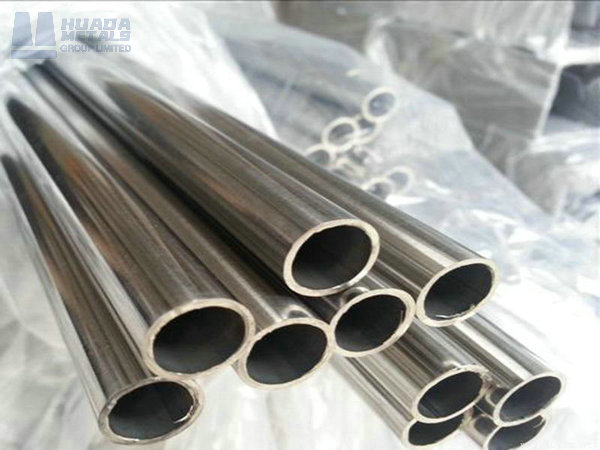

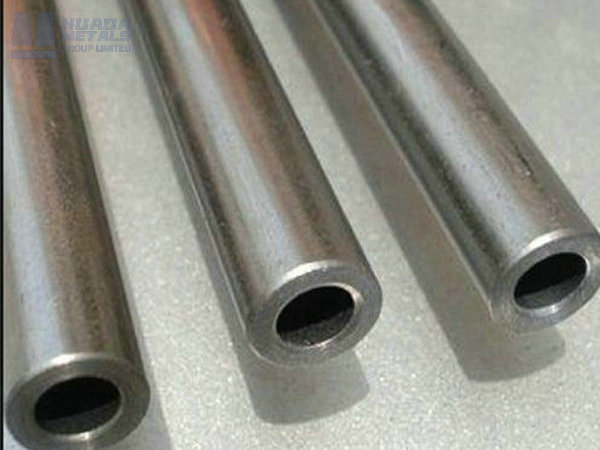
In Conclusion
Carbon steels is the most widely used steel globally due to its affordability, versatility, and strength. For applications where corrosion resistance is critical, coatings or alternative materials (e.g., stainless steel) are preferred. Welcome to contact us.
Carbon steel’s adaptability, strength, and cost-effectiveness ensure its dominance across industries. From skyscrapers to spacecraft, its applications are limited only by imagination. As technology advances, carbon steel continues to evolve, meeting new demands while remaining a trusted material.
